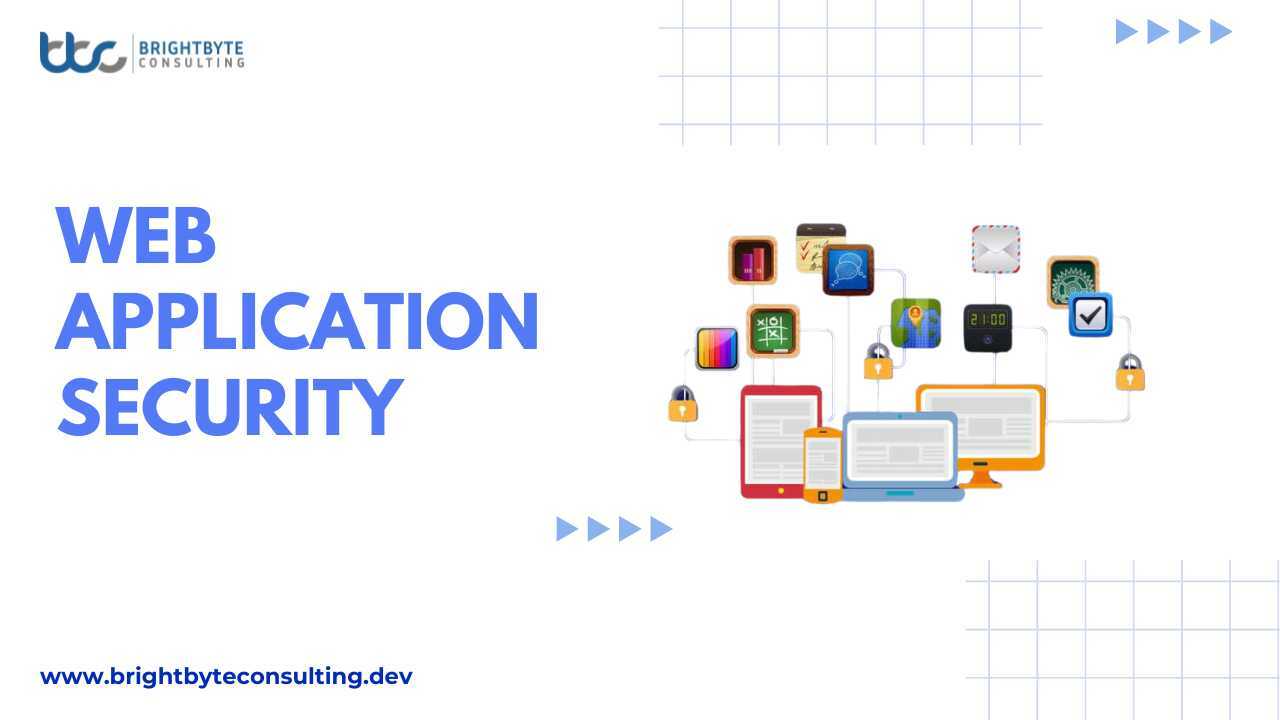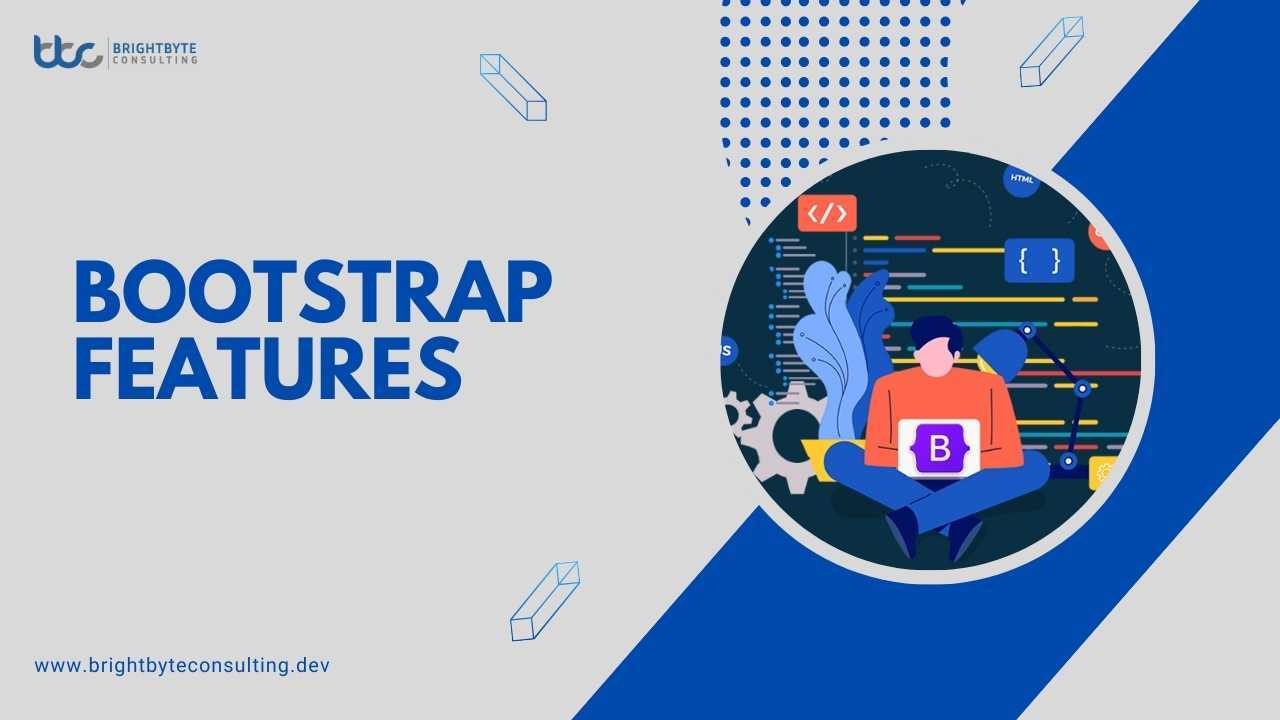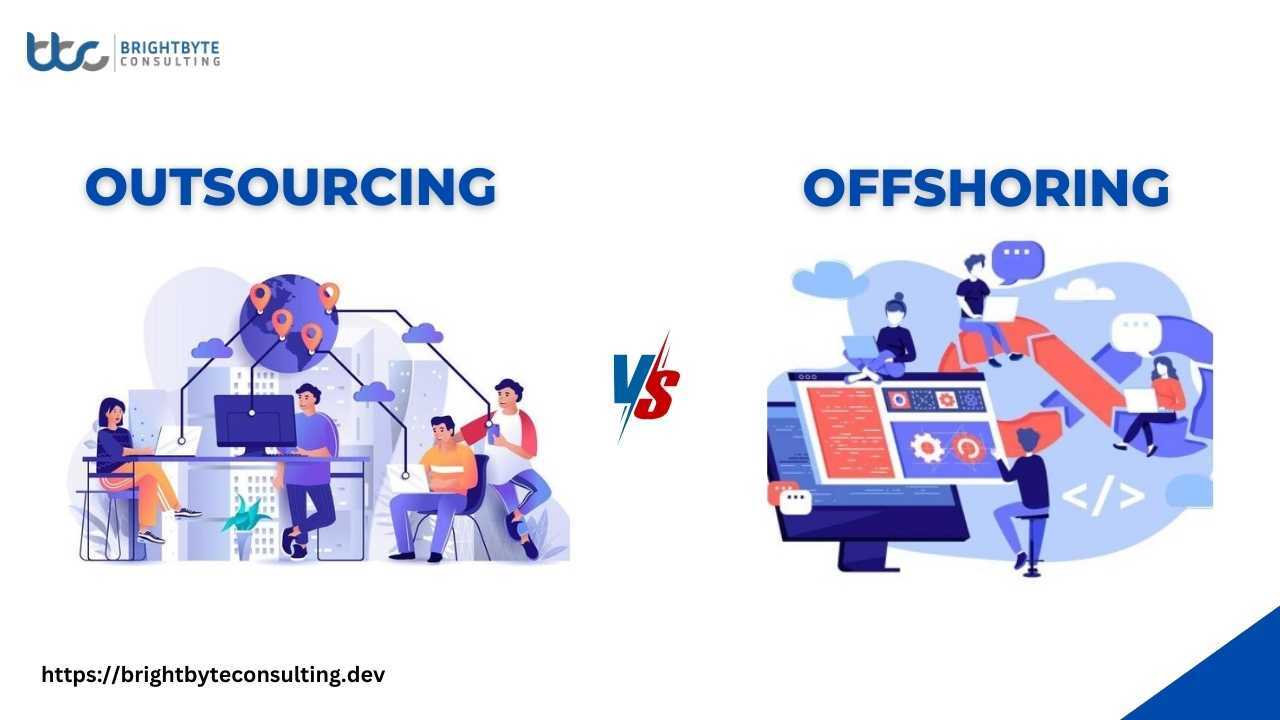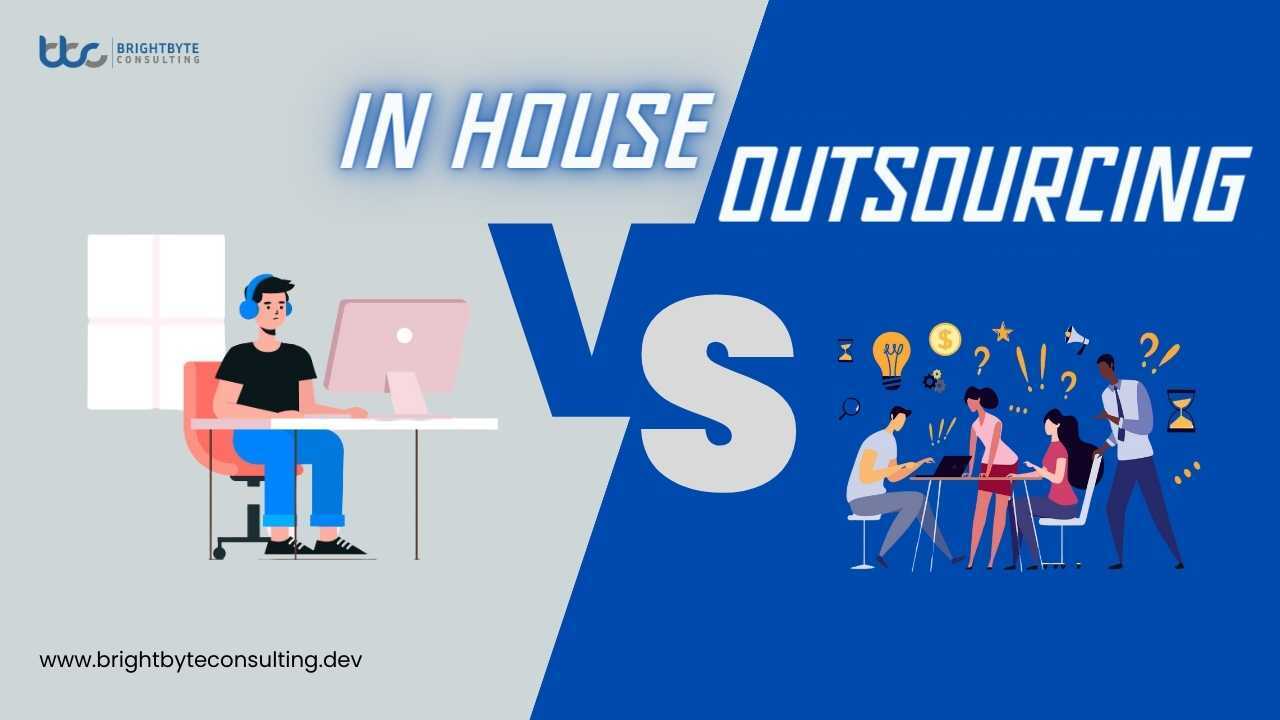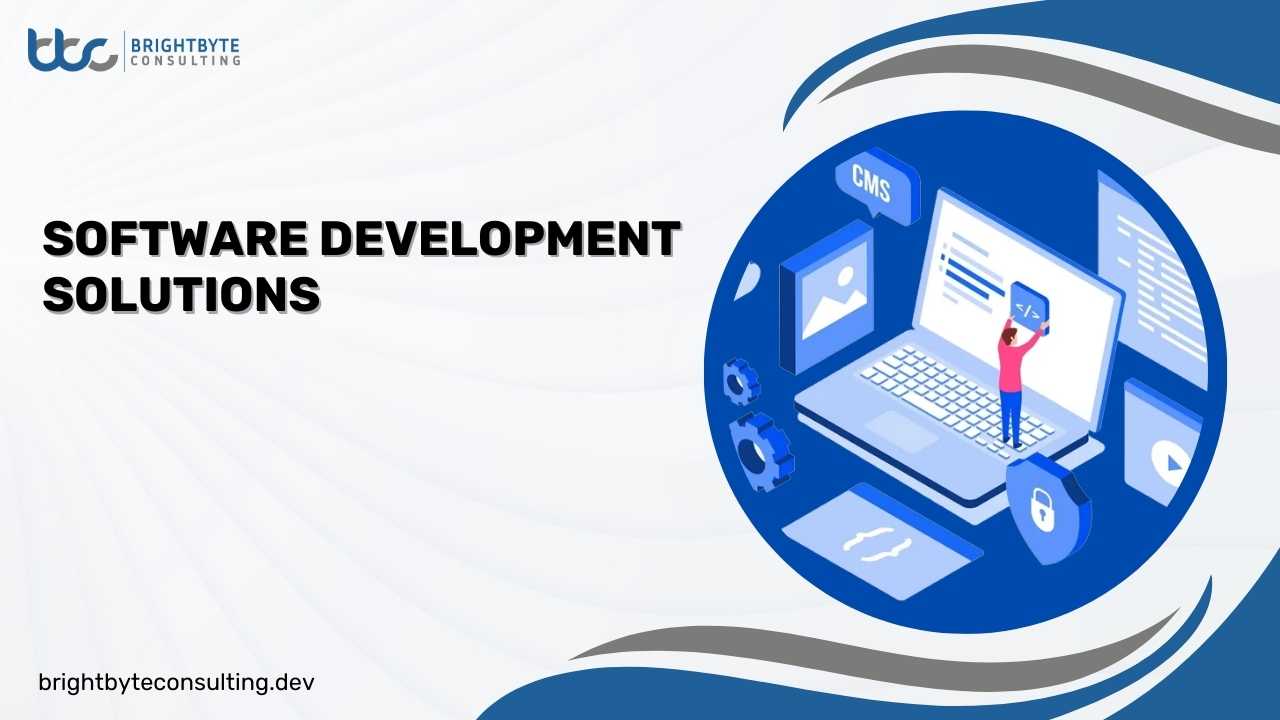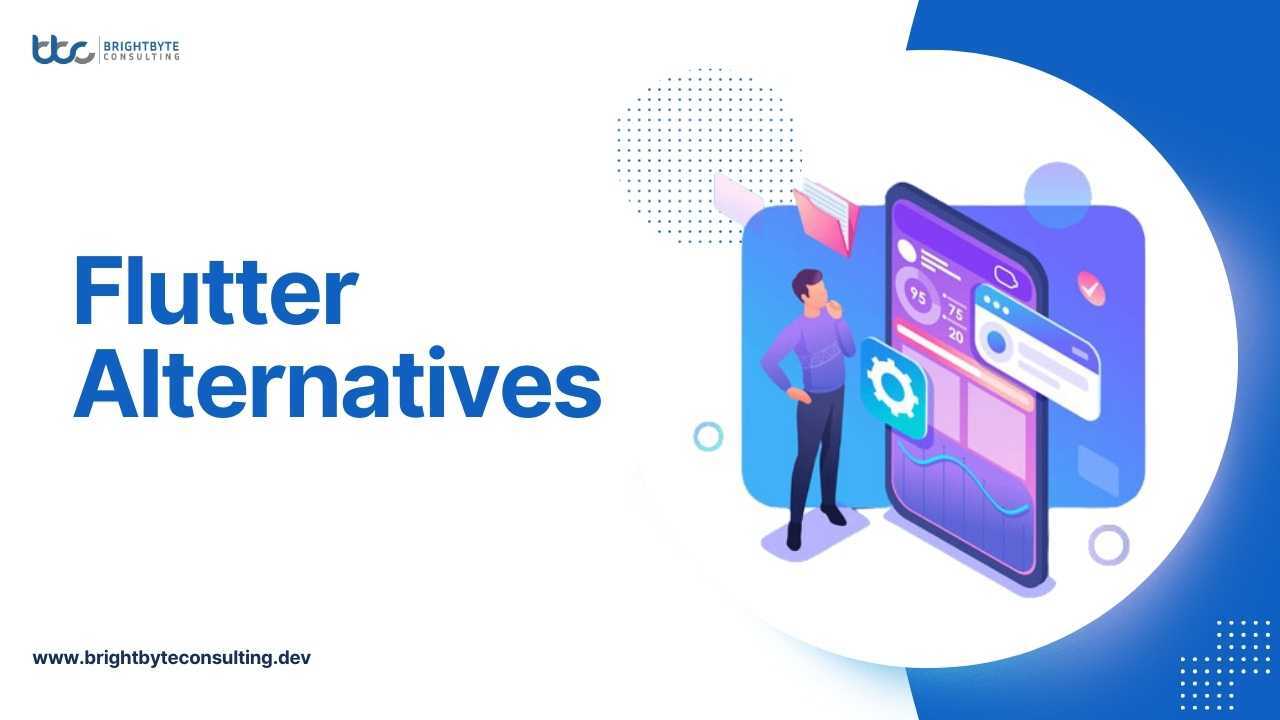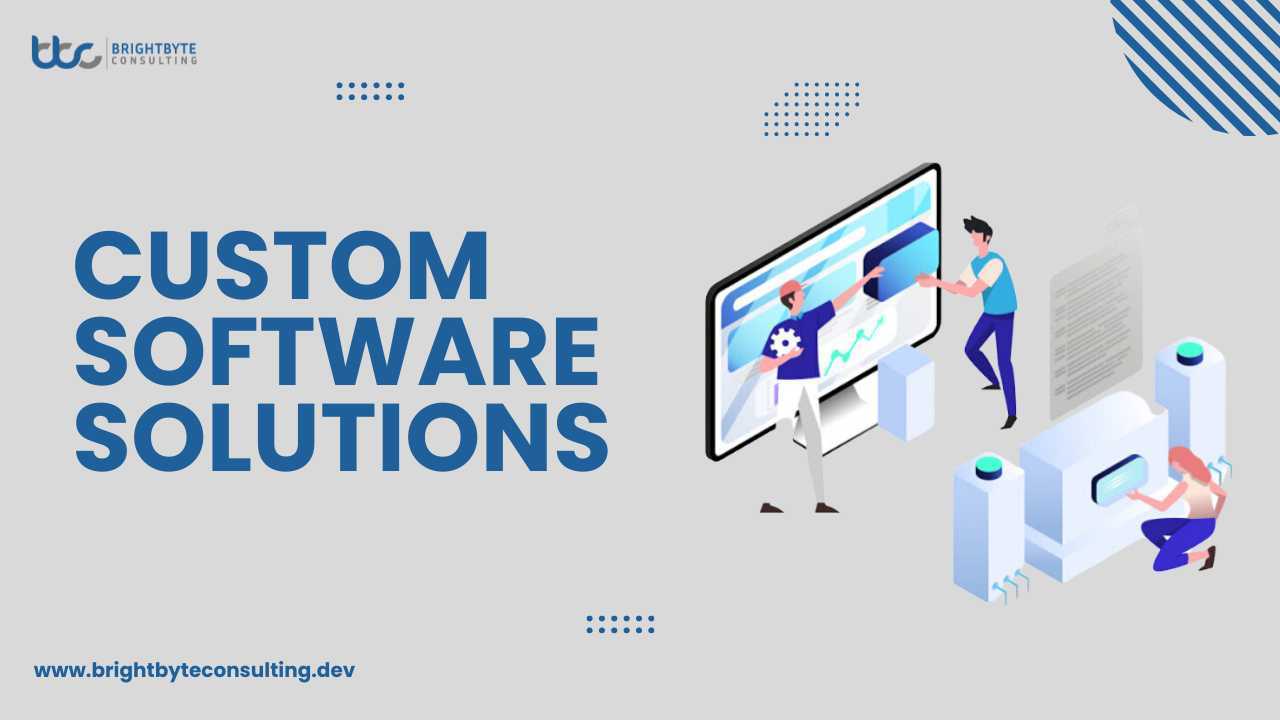Step into the future with smart apps, your personalized toolkit for a smarter, simpler life. Smart applications are like super-smart software. You’ve probably heard the word “smart” used for things like watches and TVs that do more than the basics. Well, smart applications take this idea even further.
These apps are not just for your phone; they can change how whole industries work. They’re like the superheroes of the digital world, making things better and more efficient. Imagine your regular apps getting a major IQ boost, that’s what smart applications do. They’re not just tools; they’re game-changers. Curious to know more? Keep reading to find out how these smart apps can take your business to the next level in the digital world.
Understanding What A Smart App Is?
A smart application, also known as a smart app, is like a super-smart tool on your device. It uses data in a clever way to make things better for you. These apps don’t just talk to people; they can also talk to machines and make them work better, especially by doing things automatically.
The key to these smart apps is that they really love data. Think about a smartwatch like the Apple one, it collects lots of information from its sensors. This info is like the superhero power that makes the app work so well.
What Is IoT?
IoT means the Internet of Things. It’s about objects that have special software inside, making them able to connect to the internet and process data. According to a report, in the future, there will be more than 25 billion things connected to the internet. Imagine waking up, and your coffee maker starts making coffee all by itself, that’s because of IoT.
This is happening because of new technologies and sensors becoming cheaper. Big companies are really excited about this and are connecting IoT with smart apps to make systems that can talk to each other and make things work better. So, in easy words, IoT is like the secret power making your things work together and be super clever!
Features Of Smart Applications
Smart apps stand out due to special features that surpass those of regular applications. These features not only showcase the advanced technology behind smart apps but also emphasize their dedication to user-friendly design and flexibility. Let’s explore these key features:
Adaptability
Smart apps adjust to changing situations and user behavior, staying relevant and effective by evolving based on preferences and external factors.
Context Awareness
Attuned to the context of use, smart apps adjust responses and functionalities for a more intuitive and user-friendly experience.
User-centric Design
Prioritizing user experience, smart apps focus on usability, accessibility, and overall satisfaction, ensuring seamless and enjoyable interactions.
Real-time Data Processing
Processing data in real-time, smart apps provide the most up-to-date information, crucial for applications like weather or financial trackers.
Personalization
Tailoring content, recommendations, and features based on user preferences creates a more individualized and engaging interaction.
Integration with IoT Devices
Seamless integration with IoT devices enables control and monitoring, creating a connected ecosystem for enhanced convenience.
Predictive Analytics
Leveraging predictive analytics anticipates user needs, offering proactive suggestions and enhancing user convenience.
Automation Capabilities
Incorporating automation streamlines processes, reducing manual tasks for a smoother and hassle-free user experience.
Multi-platform Accessibility
Designed for accessibility across various platforms, ensuring a consistent user experience regardless of the device used.
Voice and Gesture Recognition
Utilizing voice and gesture recognition enhances accessibility and engagement, allowing users to interact naturally with the app.
Continuous Learning and Improvement
Smart apps learn from user feedback, undergoing regular updates for ongoing enhancements and refinements.
Security Measures
Prioritizing robust security measures to protect user data and ensure privacy, maintaining trust and confidence in the app.
Traditional Apps Vs Smart Apps
| Feature | Traditional Apps | Smart Apps |
| Adaptability | Limited ability to adapt to changes. | Adapts to changing circumstances and user behavior. |
| User-centric Design | Design may prioritize functionality over user experience. | Prioritizes usability, accessibility, and overall satisfaction. |
| Real-time Data Processing | Processing may not be real-time. | Processes data in real-time for up-to-date information. |
| Personalization | Limited personalization features. | Tailors content and features based on user preferences. |
| Integration with IoT Devices | Limited or no integration with IoT devices. | Seamlessly integrates with IoT devices for enhanced control. |
| Automation Capabilities | Limited automation features. | Incorporates automation to streamline processes. |
| Multi-platform Accessibility | May not be designed for various platforms. | Designed for accessibility across multiple platforms. |
| Voice and Gesture Recognition | Limited or no support for these features. | Utilizes voice and gesture recognition for natural interaction. |
| Continuous Learning and Improvement | May not regularly update based on user feedback. | Learns from user feedback and undergoes regular updates. |
| Security Measures | Security measures may vary. | Prioritizes robust security to protect user data and privacy. |
Conclusion
In conclusion, smart apps redefine user experiences by embodying adaptability, context awareness, and a user-centric design. Their real-time data processing, personalization, and seamless integration with IoT devices set them apart, offering a more intuitive and connected digital ecosystem. With predictive analytics, automation, and continuous learning, smart apps not only streamline tasks but also anticipate and cater to user needs, ensuring a dynamic and efficient user journey. The commitment to robust security measures underscores the trustworthiness of smart apps, making them pivotal in shaping the future of technology.
FAQs
What distinguishes smart apps from traditional ones?
Answer: Smart apps go beyond by adapting to changes, understanding user context, and prioritizing a user-friendly design, setting them apart from conventional applications.
How do smart apps process data differently?
Answer: Unlike traditional apps, smart apps process data in real-time, ensuring users access the most up-to-date information for a dynamic user experience.
Can smart apps integrate with IoT devices?
Answer: Yes, smart apps seamlessly integrate with IoT devices, allowing users to control and monitor connected devices, creating a connected and convenient digital environment.
What role does personalization play in smart apps?
Answer: Smart apps tailor content and features based on individual user preferences, providing a more personalized and engaging interaction.
How do smart apps utilize predictive analytics?
Answer: Smart apps leverage predictive analytics to anticipate user behavior, offering proactive suggestions and features that enhance user convenience.
Are smart apps accessible across various platforms?
Answer: Yes, smart apps are designed to be accessible across different platforms, ensuring a consistent user experience regardless of the device used.
What makes smart apps user-centric in design?
Answer: User-centric design in smart apps prioritizes usability, accessibility, and overall user satisfaction, ensuring a seamless and enjoyable interaction.
Do smart apps support voice and gesture recognition?
Answer: Yes, many smart apps utilize voice and gesture recognition technologies for natural and interactive user interfaces, enhancing accessibility and engagement.
How do smart apps continuously improve?
Answer: Smart apps learn from user feedback and regularly undergo updates, incorporating insights for ongoing enhancements and refinements.
Why is security a priority for smart apps?
Answer: Security is paramount for smart apps to protect user data and ensure privacy, maintaining trust and confidence in the app’s reliability.


